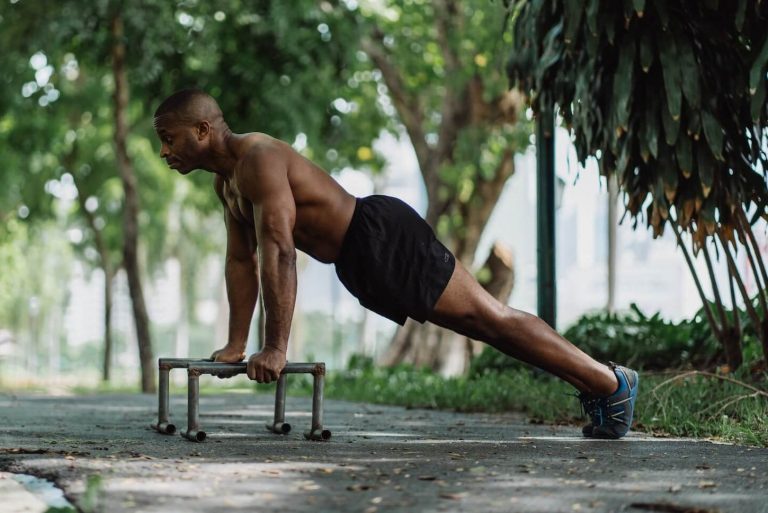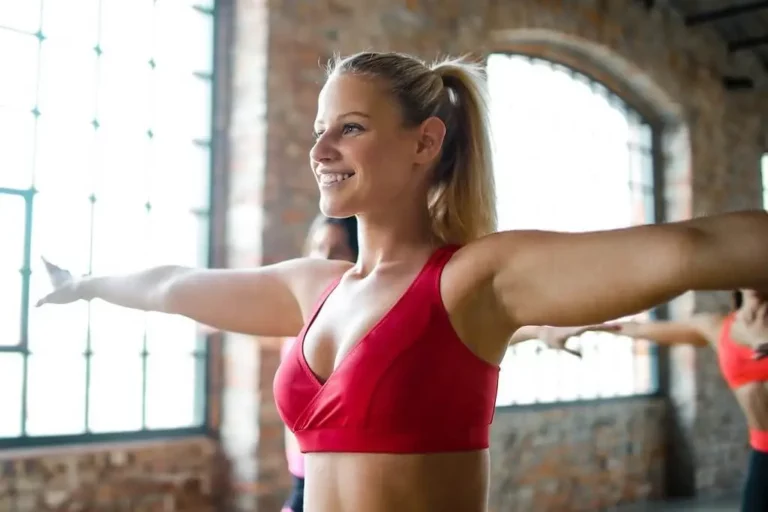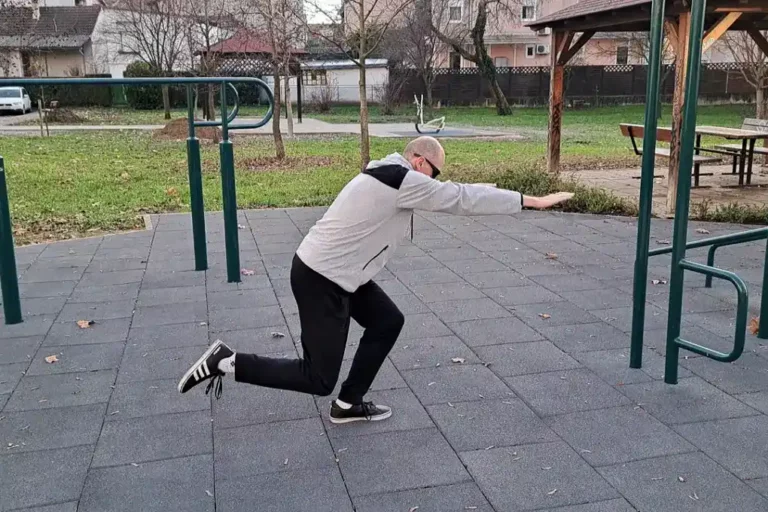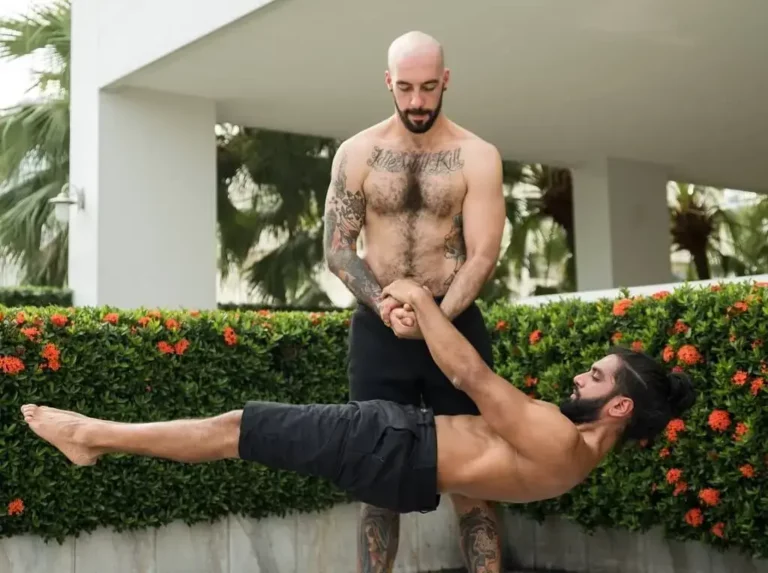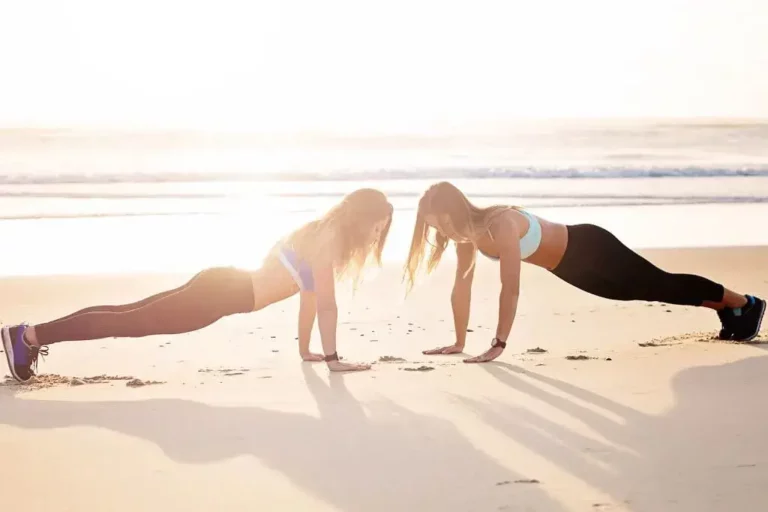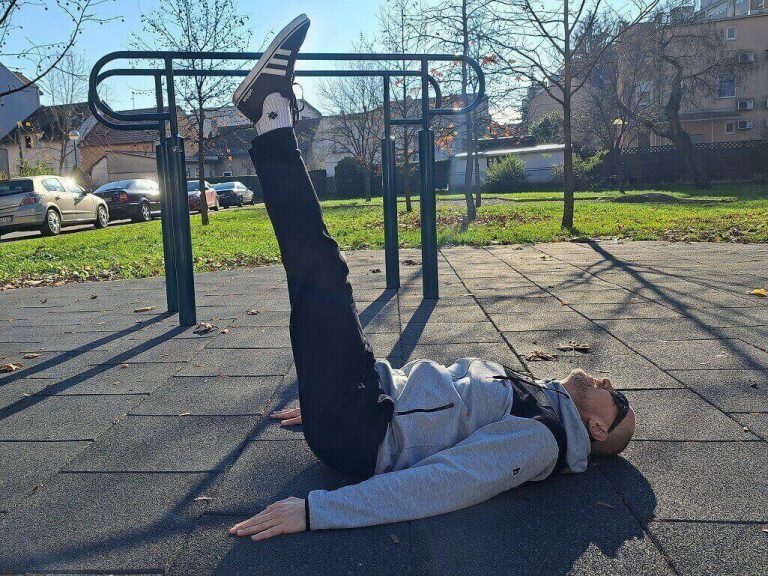Front Lever Progression For Powerful Body And Popping Abs
Are you ready to take your core strength and overall body power to the next level? You’re in luck because today we’re diving into the exciting world of front lever progression.
This progression will help you build your core and your arm muscles. Most exercises in front lever progression will definitely turn heads. You will need a lot of strength to perform these impressive skills.
Those exercises are not only going to sculpt those popping abs you’ve always dreamed of, but they’ll also give you the strength and control of a gymnast.
Mastering those moves will help you with both pushing and pulling exercises as well. Anywhere where you need a strong core and arms, this progression will help you with transferable effects. You can use this strength to help you in muscle up and one arm push up progression.
Let’s dive into this adventure together!
Level Of Difficulty
Front lever progression is great for athletes on the following two levels:
- Intermediate
- Advanced
Front Lever Progression: Equipment
There are only two pieces of equipment needed for a front lever progression. It’s pull up bar and dip bars.
Equipment:
Front Lever Progression: Exercises
For your convenience, exercises are divided into three different levels. There are five exercises on any given level. When you master all exercises on one level, you can move on to the next.
Level 1 is reserved for tuck front lever preparation.
One leg front lever is introduced on Level 2.
Level 3 is the most advanced level in a front lever progression where you will work on straddle and full front lever.
Here are the exercises in front lever progression:
Level 1
- military pull ups
- tuck vertical hold
- vertical hold
- tuck vertical pulls
- tuck negatives
Level 2
- tuck hold
- tuck pulls
- pull up to vertical
- one leg negatives
- one leg hold
Level 3
- straddle negatives
- straddle hold
- one leg to front lever
- front lever negatives
- front lever
Prerequisites
Front lever progression is the hardest core targeting progression. It builds on strength acquired in a toes to bar progression.
STRENGTH TEST:
When you can do 3 sets with 5 reps in each set doing hanging windshield wipers you are ready to start front lever progression.
Level 1
Level 1 is reserved for front lever tuck hold preparation. You can start to feel the front lever is really achievable when you master this level.
Military Pull Ups
Military pull ups are great preparation for rear delts activation. You will need rear delts to hold a lot of weight in each exercise that follows.
Equipment:
How to perform military pull ups
Positioning:
You should be hanging from a pull up bar using the same grip as in a neutral grip pull up.
Upward movement:
To start this movement let your body swing a bit forward. This movement should feel a lot like an initiation of a muscle up.
Pull your body backward by activating your rear deltoids and your lats. Your body and your arms should be straight during the movement and you should only let your shoulders move backward. Let your legs swing a little bit forward. Keep your entire body tight.
Downward movement:
Let your body return to starting position while trying to fight the swing momentum. Try to stop your body completely from swinging when you are returning back to a starting position.
Prerequisite for next exercise:
- 3×5 military pull ups
Tuck Vertical Hold
You can perform tuck vertical holds on a pull up bar or dip bars. It will be easier to do it on dip bars because you can swing up freely without worrying that you will hit a bar with your legs.
Equipment:
or
- Dip bars
How to perform tuck vertical hold
Positioning:
Jump from the floor with your legs while holding on to a pull up bar or dip bars. You should swing your body hard with your knees tucked. It will be easier to position if you can move your knees up to your chest fast. The faster you pull your knees to your chest the less force you will need to provide with your legs.
The aim is to get upside down with your knees to your chest while holding on to the bar. Your arms should be straight.
Try holding this position as long as possible.
Prerequisite for next exercise:
- 3x10s tuck vertical holds
Vertical Hold
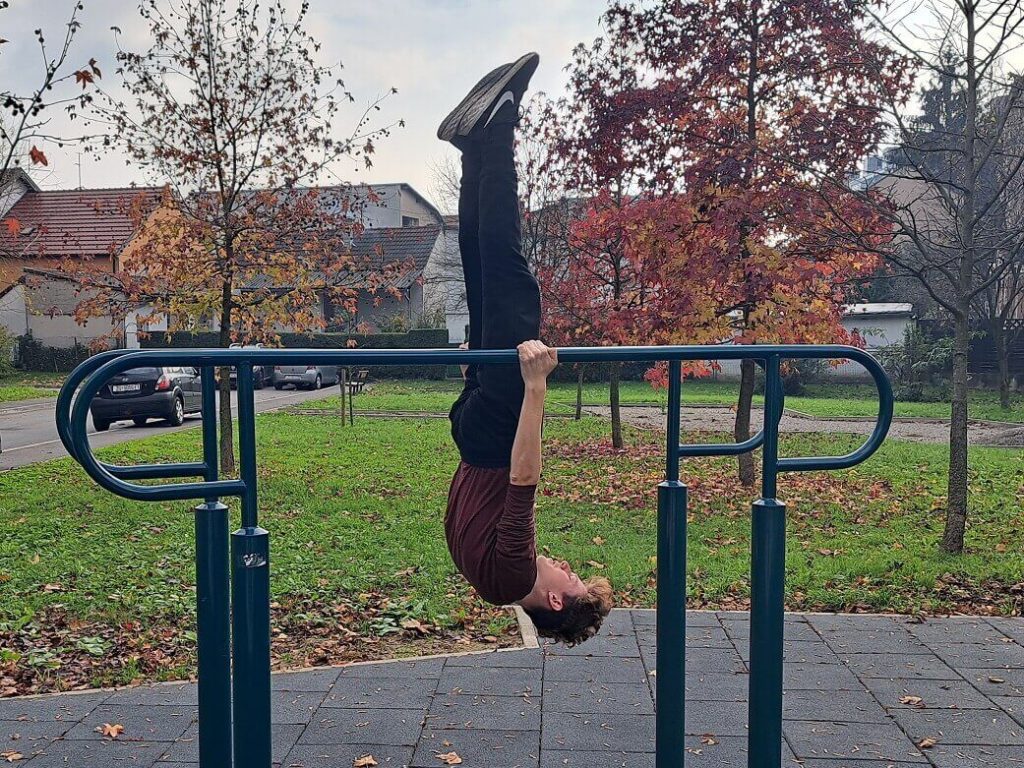
The vertical hold is a bit harder than the tuck vertical hold. It will not require a lot of strength if you do it on dip bars. But you will have to be able to balance a bit better than in tuck vertical hold.
This exercise will be much easier to perform on dip bars. Pull up bar will prevent you from swinging with your knees bent. This will make it much harder to position yourself.
I can do it on dip bars, but a straight bar is still giving me a hard time. The limitation for me is not being able to do toes to bar.
Equipment:
or
- Dip bars
How to perform vertical hold
Positioning on dip bars:
Position yourself in a tuck vertical position explained above.
When you reach a tuck vertical position, just extend your legs straight up in the air.
Hold this position for as long as you can.
Positioning on a pull up bar:
To position on a pull up bar, you can’t swing with your knees to your chest. This makes positioning on a pull up bar a lot harder than on dip bars.
To position yourself in a vertical hold on a pull up bar you will need to perform a toes to bar. After you do toes to bar you should pull your lower back up. This movement should feel like a deadlift.
You are now in a vertical hold position.
Hold this position for as long as you can.
Prerequisite for next exercise:
- 3x10s vertical holds
Tuck Vertical Pulls
Tuck vertical pulls will help you strengthen your arms while hanging upside down. This exercise should be performed on dip bars.
Equipment:
- Dip bars
How to perform vertical pulls
Positioning:
Position yourself the same as in a tuck vertical hold.
Upward movement:
Lift your entire body up by bending your arms at your elbows. Lift up as much as you can. It can be challenging to keep your body from swinging. Do as best as you can to keep your body as steady as possible.
Downward movement:
Lower yourself back down to tuck vertical hold by extending your arms in your elbows.
Prerequisite for next exercise:
- 3×5 tuck vertical pulls
Tuck Negatives
Tuck negatives should be performed on a pull up bar. It’s a lowering motion from a tuck front lever to a free hanging position. When you are just starting out, you should start your descent from a tuck vertical hold. When you build up your strength, you will be able to do a tuck negative from a tuck front lever.
Equipment:
How to perform tuck negatives
Positioning:
Initiate your upward positioning movement the same way as in tuck vertical hold. Now you will have to use less force.
The aim is to get your body parallel to the floor with your knees to your chest while holding on to the bar with straight arms. You are now in a tuck front lever position.
Downward movement:
Lower yourself down by letting your legs slowly drop down. Let your legs go down until your legs touch the ground. You should control this descent. Don’t let your legs drop down fast.
Prerequisite for next exercise:
- 3x5s tuck negatives
Level 2
On this level, you will progress from a tuck front lever to a one leg front lever. This is front level progression level for masters.
Tuck Hold
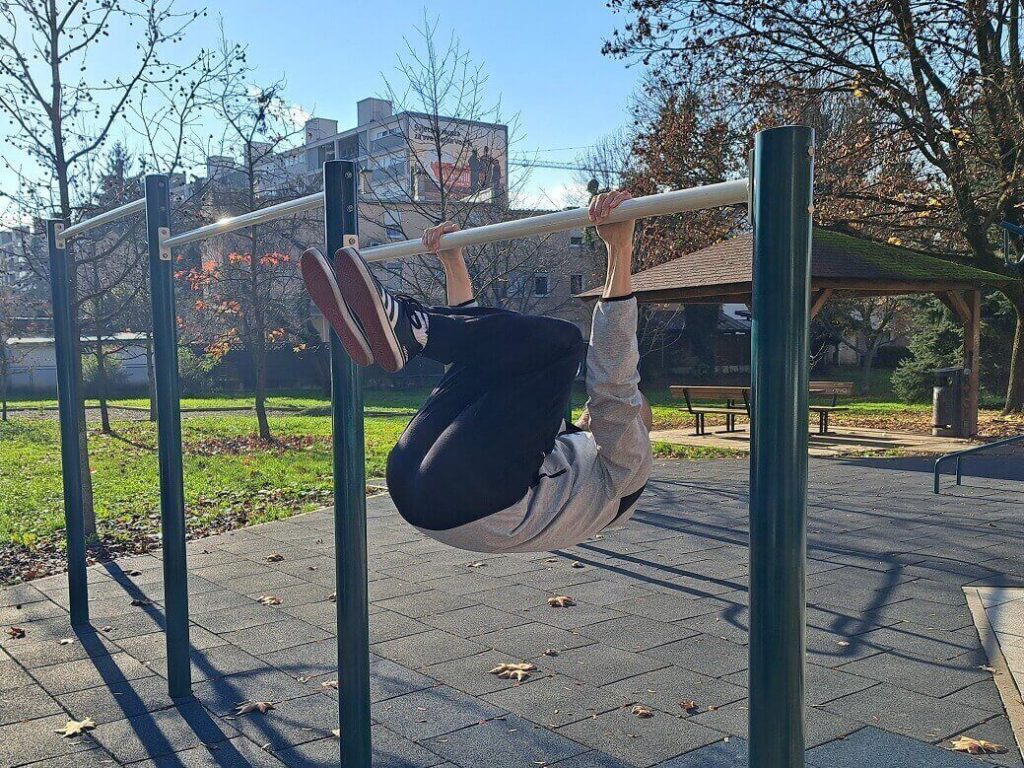
Tuck hold is the easiest front lever variant. I needed quite a lot of time to get to the level of strength needed to do this exercise.
Equipment:
How to perform a tuck hold
Positioning:
Position yourself as you did for tuck negatives.
Hold as long as you can.
Prerequisite for next exercise:
- 3x5s tuck holds
Tuck Pulls
Tuck pulls will help you build the strength of your arms while also holding your body parallel to the ground. This will add another level of difficulty to already hard exercise.
Equipment:
How to perform tuck pulls
Positioning:
Position yourself in a tuck front lever position.
Upward movement:
Lift your entire body up by bending your arms at your elbows. Lift up as much as you can. It can be challenging to keep your body from swinging. Do as best as you can to keep your body as steady as possible.
Downward movement:
Lower yourself back down to tuck front lever position by extending your arms at your elbows.
Prerequisite for next exercise:
- 3×5 tuck pulls
Pull Up To Vertical
Pull up to vertical will make you move your body from a pull up to a vertical hold position. This exercise will be hard on your core, your back, and your arms.
Equipment:
How to perform pull up to vertical
Positioning:
Grab a pull up bar a bit wider than shoulder width and your palms facing away from you. Pull your body up by bending your elbows. Keep on pulling until your chin is over the bar (full pull up).
Forward movement:
Lift your legs under the bar on the other side and keep lifting your legs up. Your legs should come up in the air on the other side of the bar. At the same time lower your arms down. At the end of the forward movement your legs should be straight in the air and your arms straight. You are in a vertical hold position.
Backward movement:
To start moving back let your legs fall down to the floor. At the same time pull your arms hard so your chest comes back to the bar. Don’t let your legs fall down completely without control. You should be slowing your legs down using your core. So, there will be minimal swinging back under the bar.
Prerequisite for next exercise:
- 3×3 pull ups to vertical
One Leg Negatives
One leg negatives are similar to tuck negatives. Only this time, you will have one leg extended and the other bent in your knee.
Equipment:
How to perform one leg negatives
Positioning:
Position yourself in a tuck front lever position. Extend one of your legs so it’s straight.
Downward movement:
Lower yourself down by letting your legs slowly drop down. Let your legs go down until your extended leg touches the ground. You should control this descent. Don’t let your legs drop down fast.
Prerequisite for next exercise:
- 3x5s one leg negatives
One Leg Hold
One leg hold is similar to a tuck hold. The difference is in one leg that is now straight.
Equipment:
How to perform a one leg hold
Positioning:
Position yourself in a tuck front lever. Extend one leg straight.
Hold as long as possible.
Prerequisite for next exercise:
- 3x5s one leg holds
Level 3
This is the final and the most difficult level in front lever progression. You will be doing straddle and full front lever on this level.
It will require a lot of strength.
Straddle Negatives
Straddle negatives are very similar to full front lever negatives. The only difference is the straddle. In this move, you will have your legs form a V shape.
Equipment:
How to perform straddle negatives
Positioning:
Position yourself in a vertical hold position and spread your legs so they form a V shape. Lower your legs and your body so they are parallel to the floor. You are now in a straddle hold position.
Downward movement:
Lower yourself down by letting your legs slowly drop down. Let your legs go down until you are hanging freely from the bar. You should control this descent. Don’t let your legs drop down fast.
Prerequisite for next exercise:
- 3x5s straddle negatives
Straddle Hold
After you were able to do a straddle negative you should be able to go for a straddle hold as well.
Equipment:
How to perform straddle hold
Positioning:
Position yourself in a straddle hold position like explained above.
Try holding as long as you can.
Prerequisite for next exercise:
- 3x5s straddle holds
One Leg To Front Lever
It’s time to gradually introduce the front lever. The easiest way is by starting in a one leg hold position and extending your bent leg.
Equipment:
How to perform one leg to front lever
Positioning:
Position yourself in a vertical hold position. Bend one leg in the knee. Lower your legs and your body so they are parallel to the floor. You are now in a one leg hold position.
Performing:
Extend your bent leg so both your legs are completely straight. Bend your other leg. Repeat for reps. One rep is extending your left leg and bending, then your right leg and bending back.
Prerequisite for next exercise:
- 3×2 one leg to front lever
Front Lever Negatives
After doing one leg to front lever, front lever negatives will be easy for you. You probably already know how to perform this exercise just by its name. This exercise is just one step before mastering the complete front lever progression.
Equipment:
How to perform front lever negatives
Positioning:
Position yourself in a vertical hold position. Lower your legs and your body so they are parallel to the floor. You are now in a front lever hold position.
Downward movement:
Lower yourself down by letting your legs slowly drop down. Let your legs go down until you are hanging freely from the bar. You should control this descent. Don’t let your legs drop down fast.
Prerequisite for next exercise:
- 3x3s front lever negatives
Front Lever
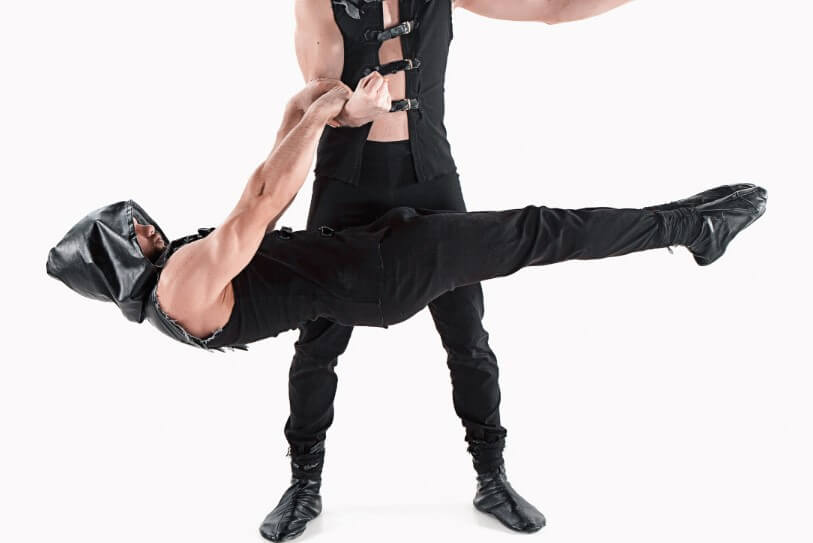
Now it’s time for your first full front lever. This is the hardest exercise in a front lever progression. After performing one leg to front lever and front lever negatives, you should be able to do a front lever hold for a few seconds.
Equipment:
How to perform front lever
Positioning:
Position yourself in a vertical hold position. Lower your legs and your body so they are parallel to the floor. You are now in a front lever hold position.
Hold this position as long as you can.
This exercise concludes front lever progression.
Conclusion
Throughout this post, we’ve explored the front lever – a challenging and impressive exercise that not only builds incredible upper body and core strength but also helps you achieve those wanted popping abs. We’ve dived into the different stages of progression, providing you with a roadmap to conquer this beast of a move.
This journey isn’t a sprint, it’s a marathon. It takes time, patience, and consistent effort.
Your progress may be different from someone else’s, and that’s absolutely fine. Focus on your own growth and enjoy the journey of becoming a stronger, fitter, and more confident individual.

